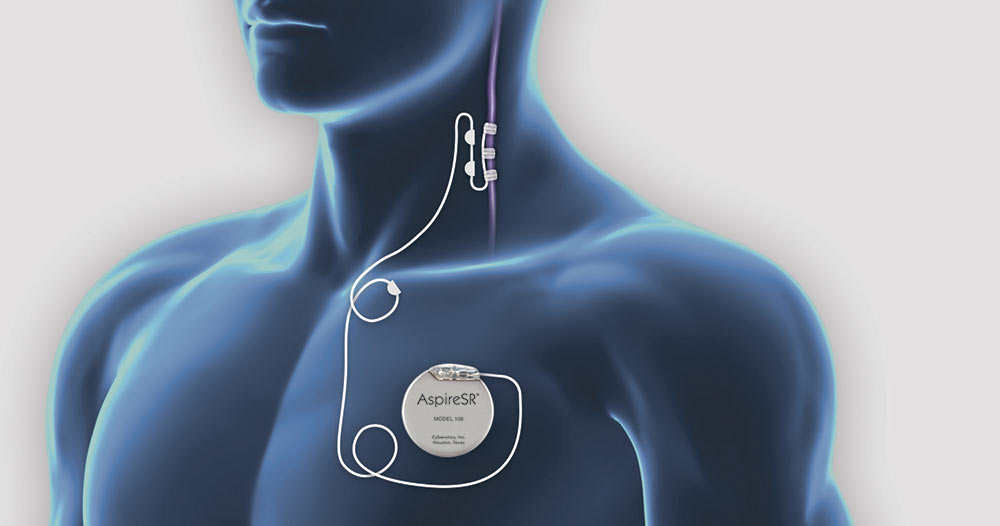Methods Of Treating Epilepsy
Epilepsy is actually a generic term, which is used to describe a number of conditions that all cause the brain to produce seizures. An epileptic condition is difficult to diagnose for a couple of reasons. First, an epileptic condition is hard to identify, until the individual experiences their first seizure. Secondly, there are many other conditions that can cause seizures similar to those common in epilepsy. Fainting spells and the seizures caused by very low blood sugar levels can resemble epileptic seizures. Thankfully, many treatments reduce the symptoms of the condition. In some cases, seizures may be eliminated altogether, depending on the severity and frequency of the epileptic attacks. Understanding what each treatment involves can help patients make informed choices.
Surgery

There are a couple of surgical methods that can help treat epilepsy in some patients. The first type of procedure is called resection and involves cutting away the section of the brain that has been causing epileptic seizures. While the area of the brain affected can vary, epilepsy most commonly affects the temporal lobe and the procedure to resolve that condition is called a temporal lobectomy. By removing a portion of the temporal lobe, the surgeon hopes to cure the disease altogether.
The second type of surgery is called disconnection, though this procedure is far less common. Here, specific nerve pathways are inhibited, so they can't spread the seizure from the brain to the rest of the body. This procedure is recommended, when the area of the brain affected by epilepsy is vital to the functioning of the individual. Rather than cut away at an important part of the brain, it's better to interrupt the nerve pathways. However, this type of operation only treats the symptoms, instead of curing the condition completely.
Next, find out another procedure that can help treat epilepsy now.
Vagus Nerve Stimulation

This is a procedure recommended for treating epilepsy in children over the age of four and in adults of all ages. Vagus nerve stimulation, or VNS therapy, is the process of electrically stimulating certain brain cells in the vagus nerve. This nerve is important to the autonomic nervous system, carrying messages between the brain and the rest of the body that help regulate breathing, heart rate, and other involuntary body functions. Research has yet to discover why stimulating this nerve works, but it's believed electrical impulses change the way the nerve sends messages. It may eliminate seizures by boosting blood flow to the various parts of the brain, causing increased production of the neurotransmitters that control epileptic seizures. It's also likely the therapy alters the electroencephalogram (EEG) patterns in the brain, which may prevent seizures from occurring. Since we know VNS therapy also increases the heart rate, a faster heart rate may also play a role in preventing seizures. Overall, stimulating body functions seems to be the key to stopping epileptic seizures.
Continue reading to discover how stimulating the brain can help treat epilepsy.
Deep Brain Stimulation

This is another way of using electrical impulses to control epileptic seizures. A seizure is caused by an abnormal burst of electrical impulses, but deep brain stimulation provides a steady electrical current that prevents those bursts. Electrodes are placed in the brain to help control the flow of electricity in much the same way a pacemaker controls the heart's function. This can be an effective treatment for controlling seizures when other methods have failed. Alternatively, this can sometimes be the preferred choice over more invasive, or high risk, procedures. Before the electrodes can be inserted into the brain, the doctor will have to run tests on the patient to ensure the therapy will work effectively and safely. This includes using having an MRI or a CT scan to help map the brain and determine the best locations for the electrodes. While the electrodes won't eliminate seizures, they do help control them and limit their frequency. In one study, it was found individuals experienced fifty-six percent fewer seizures, after having the electrodes for two years.
Continue for more on treating epilepsy effectively.
Ketogenic Diet

Using the ketogenic diet to treat epileptic seizures is not new, even though the diet has been gaining in popularity in recent years. The diet mimics fasting, which has been used to treat epilepsy for centuries. Individuals with epilepsy were often ordered to only consume water for extended periods because it was discovered starvation would eliminate epileptic seizures for long periods. Children as young as ten were subjected to this treatment after other efforts had failed. Today, the ketogenic diet relies on a high fat, low carbohydrate diet to produce the same effects. Since the body thinks it's starving, it releases ketones, which convert fat to energy. Although it's not known why, those ketones also prevent seizures from occurring. Changing your diet may be a simpler way to reduce seizures than to endure invasive procedures, though this won't cure the disease. In many cases, this can be the only way to control the frequency and duration of seizures in more severe cases of epilepsy.
Reveal more ways to treat epilepsy now.
Potential Future Treatments

Research is continuously moving forward, as scientists look for new ways to treat epilepsy. One of the most promising potential future treatments involves the use of laser technology. Called laser interstitial thermal therapy (LITT) this treatment makes use of heated laser beams to target the part of the brain causing seizures. The ultimate goal is to provide epilepsy patients with a cure for their condition, even when surgical procedures have been ruled out. Laser technology is far less invasive and can target the affected areas of the brain with pinpoint accuracy. Depending on the area of the brain affected, some patients may not respond to any other treatment. For them, living with epileptic seizures has been something they have just had to accept. However, as this process is refined and LITT becomes more commonplace, those patients may be able to benefit from the use of lasers. LITT may eventually become the preferred method of destroying affected areas of the brain, because a high degree of precision means other parts of the brain won't be affected.
